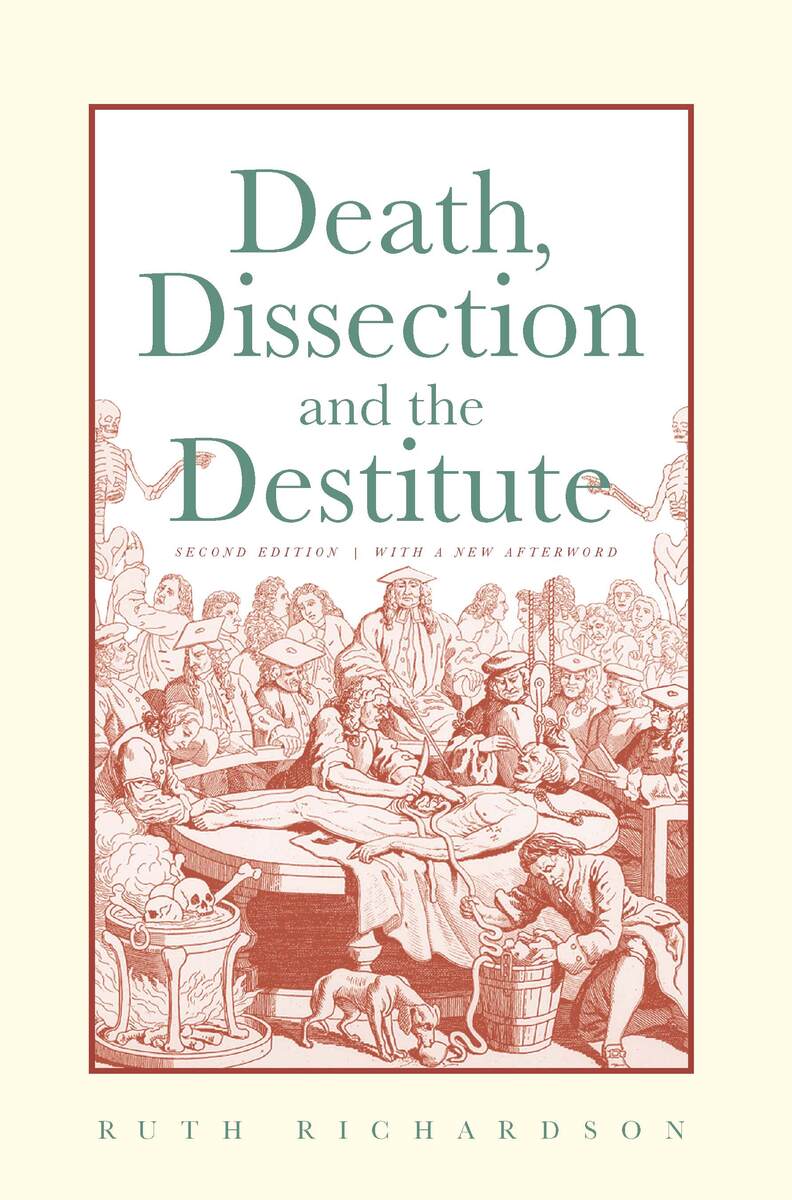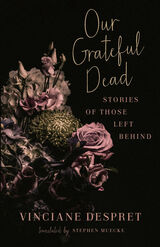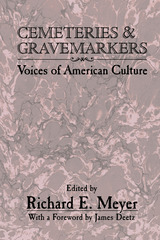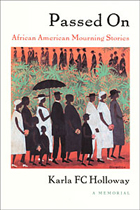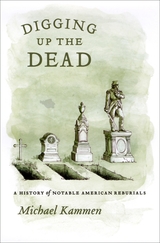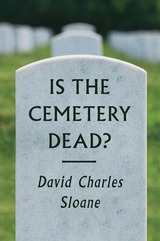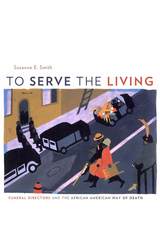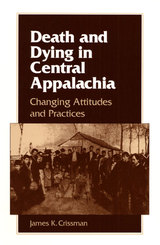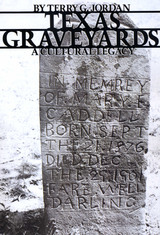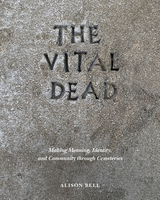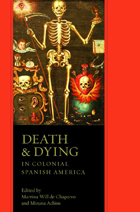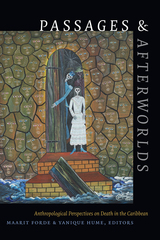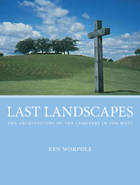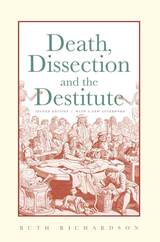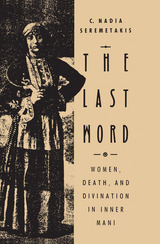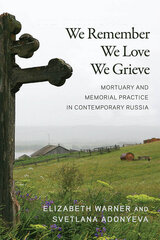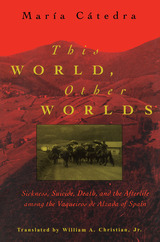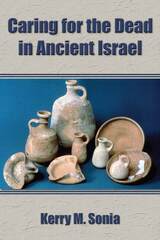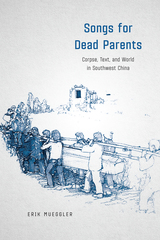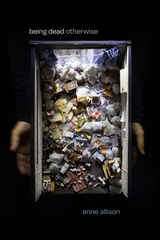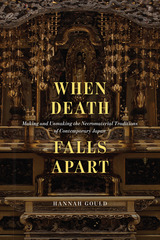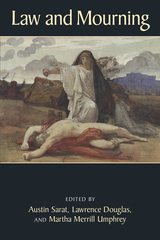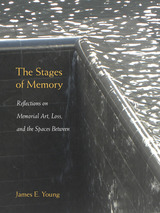Death, Dissection and the Destitute
University of Chicago Press, 2001
Cloth: 978-0-226-71239-0 | Paper: 978-0-226-71240-6
Library of Congress Classification GT3243.R53 2001
Dewey Decimal Classification 393.0941
Cloth: 978-0-226-71239-0 | Paper: 978-0-226-71240-6
Library of Congress Classification GT3243.R53 2001
Dewey Decimal Classification 393.0941
ABOUT THIS BOOK | AUTHOR BIOGRAPHY | TOC | REQUEST ACCESSIBLE FILE
ABOUT THIS BOOK
In the early nineteenth century, body snatching was rife because the only corpses available for medical study were those of hanged murderers. With the Anatomy Act of 1832, however, the bodies of those who died destitute in workhouses were appropriated for dissection. At a time when such a procedure was regarded with fear and revulsion, the Anatomy Act effectively rendered dissection a punishment for poverty. Providing both historical and contemporary insights, Death, Dissection, and the Destitute opens rich new prospects in history and history of science. The new afterword draws important parallels between social and medical history and contemporary concerns regarding organs for transplant and human tissue for research.
See other books on: Dead bodies (Law) | Death & Dying | Dissection | Funeral rites and ceremonies | Human dissection
See other titles from University of Chicago Press
